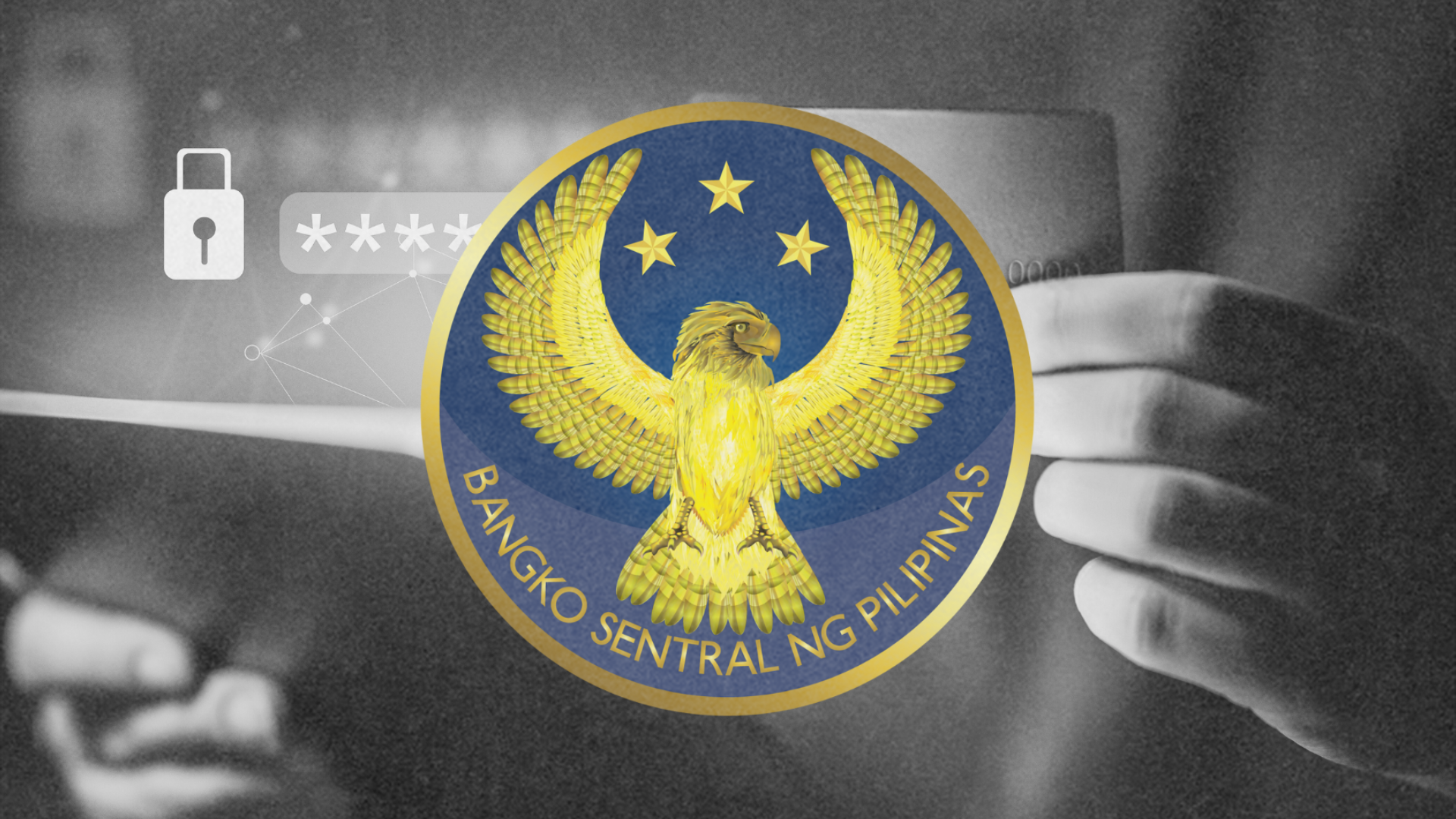Five people, including four foreign nationals, died after the Mayon Volcano in Albay emitted small ash puff on Tuesday, May 7, 2013 at around 8:00 a.m.

The volcanic eruption lasted about 73 seconds and threw ash and rocks 500 meters high. The Philippine Institute of Volcanology and Seismology (Phivolcs) said that no magma movement was detected and that there was no sign of increase in volcanic activity. This ruled out any possibility of a major eruption.
Phivolcs explained that the event, a phreatic or small explosion, involves the giving off steam, volcanic rocks, and ashes. Such explosions may occur suddenly with little or no warning.
Phivolcs has maintained Alert Level 0 status, which means that no volcanic eruption is about to occur. “It is strongly advised that the public cease from entering the 6-kilometer radius Permanent Danger Zone (PDZ) due to the threat of sudden steam-driven eruptions and rock falls from the upper and middle slopes of the volcano,” the agency said in its advisory.
Meanwhile, the Department of Tourism-Region V has reiterated its off-limits policy in the 6km permanent danger zone around the volcano. This prohibits any tourism activity including mountaineering inside the danger zone. Also, Albay Governor Joey Salceda has ordered the suspension of all human activities, including climbing and farming, along the slopes of the volcano.
Volcano Tourism: Policies Needed
Mountaineering itself is a risky activity and doing it on active volcanoes increases the risks of mountaineers, tourists, and guides. The main effect of the incident is regarding the policy on allowing mountain climbers to ascend the slopes of active volcanoes.
The Philippines has 23 active volcanoes. The most active is Mayon Volcano and the next one is Taal Volcano in Batangas. Both are tourism-heavy areas that offer an opportunity to trek to its crater.
There is always the danger of sudden tremors and phreatic explosions that can compromise the lives of people near volcanoes. Though no human settlement is allowed within the 6km danger zone, certain activities like farming and tourism are allowable. The most at risk are tourists and the guides trekking up and down the volcano. What compounds such risks is the non-availability of immediate emergency response and medical care because of the remoteness of the area around the volcano.
The provincial government of Albay is said to be looking into the possibility of penalizing ascends to Mayon Volcano to perpetually ban mountaineering activities. But this may invite illegal mountaineering activities that pose greater risk to climbers who could be in danger without the hope of rescue. Also, the local government need to provide alternative livelihood to their constituents whose primary livelihood is dependent on tourism activities in the volcano’s area. And last, it would be difficult to secure the area of over a hundred kilometers-square or the equivalent of 38-kilometers of circumference around the permanent danger zone.
It can be expected that following the explosion that caused the death of five individuals, all activity and tours would be put to halt for an indefinite period. This can be detrimental to the livelihood of guides and certain businesses but is a necessary step to look into the problem. During this period, it may be wise for the local government, along with the local tourism and environment offices, and with Phivolcs to coordinate and establish a policy on the conduct of tourism activities within volcano’s 6km danger zone.
If mountaineering along the slopes of Mayon Volcano is to be allowed, safety practices should be established among guides and tour providers. All activities should be monitored and regulated by local authorities and that emergency practices should as well be established by local government and tour providers. Also, the government can learn from other countries that allow tourism activities near volcanoes even during eruptions.
Climbing volcanoes may be a very risky activity, but it is still a tourism activity that generates livelihood and income. Also, many tourists want to climb volcanoes. It may be up to the government to determine the future of volcano tourism in the Mount Mayon, but the measures to be established should be well-studied and realistically implemented. For now, it might be best to halt all mountaineering activities until measures are in place or a total ban is implemented. This is to ensure the safety of everyone interested in activities near one of the world’s most famous volcanoes.





